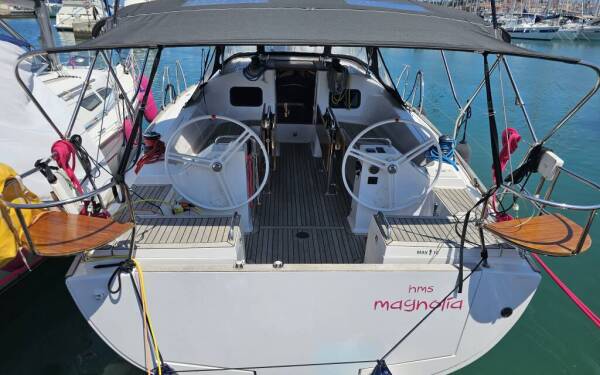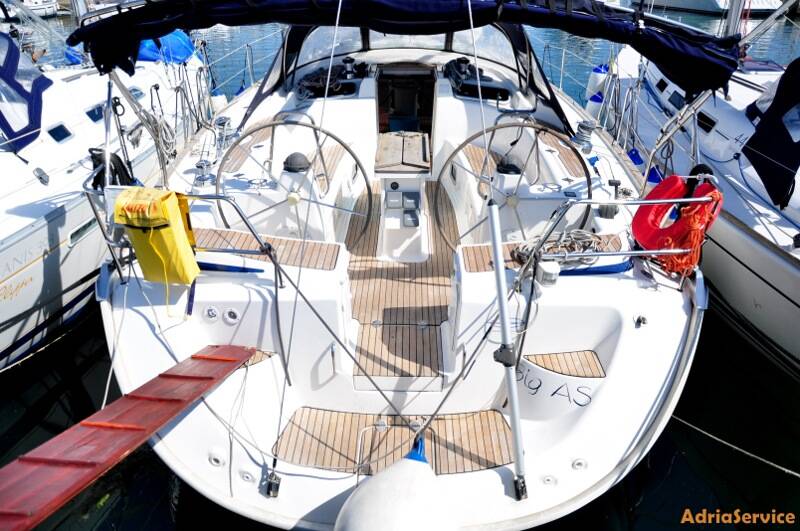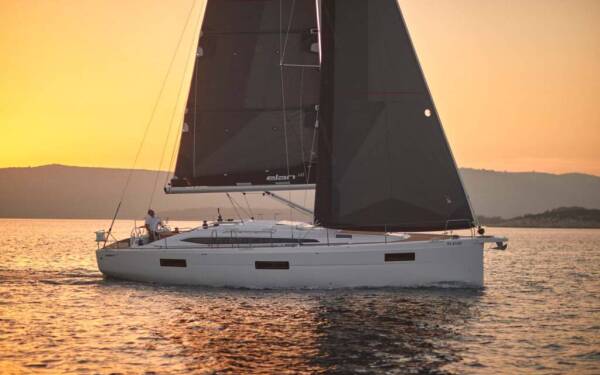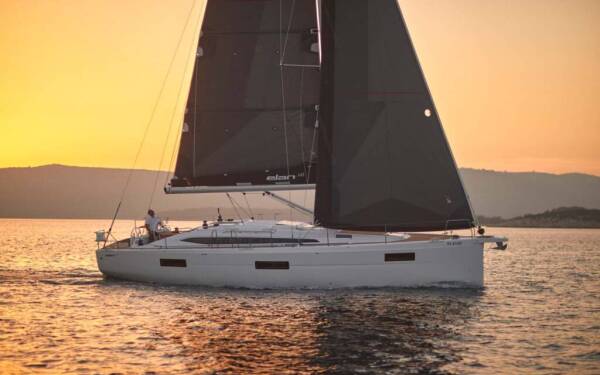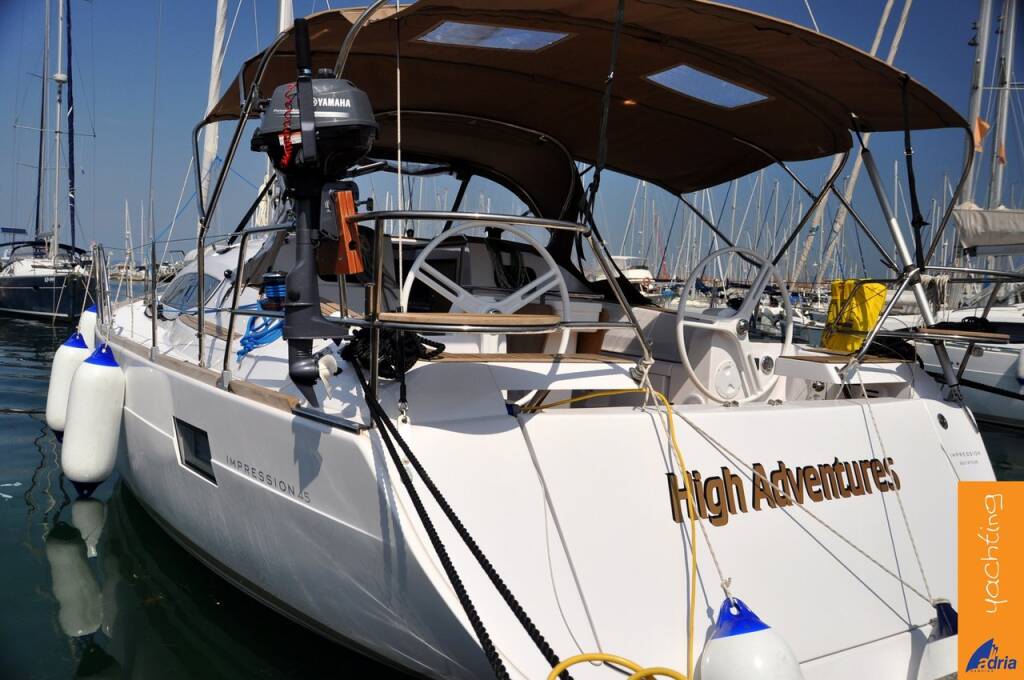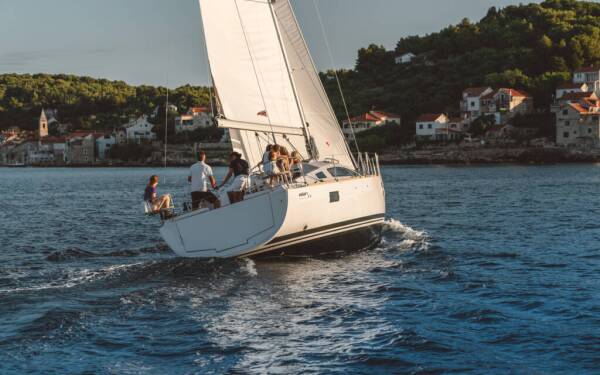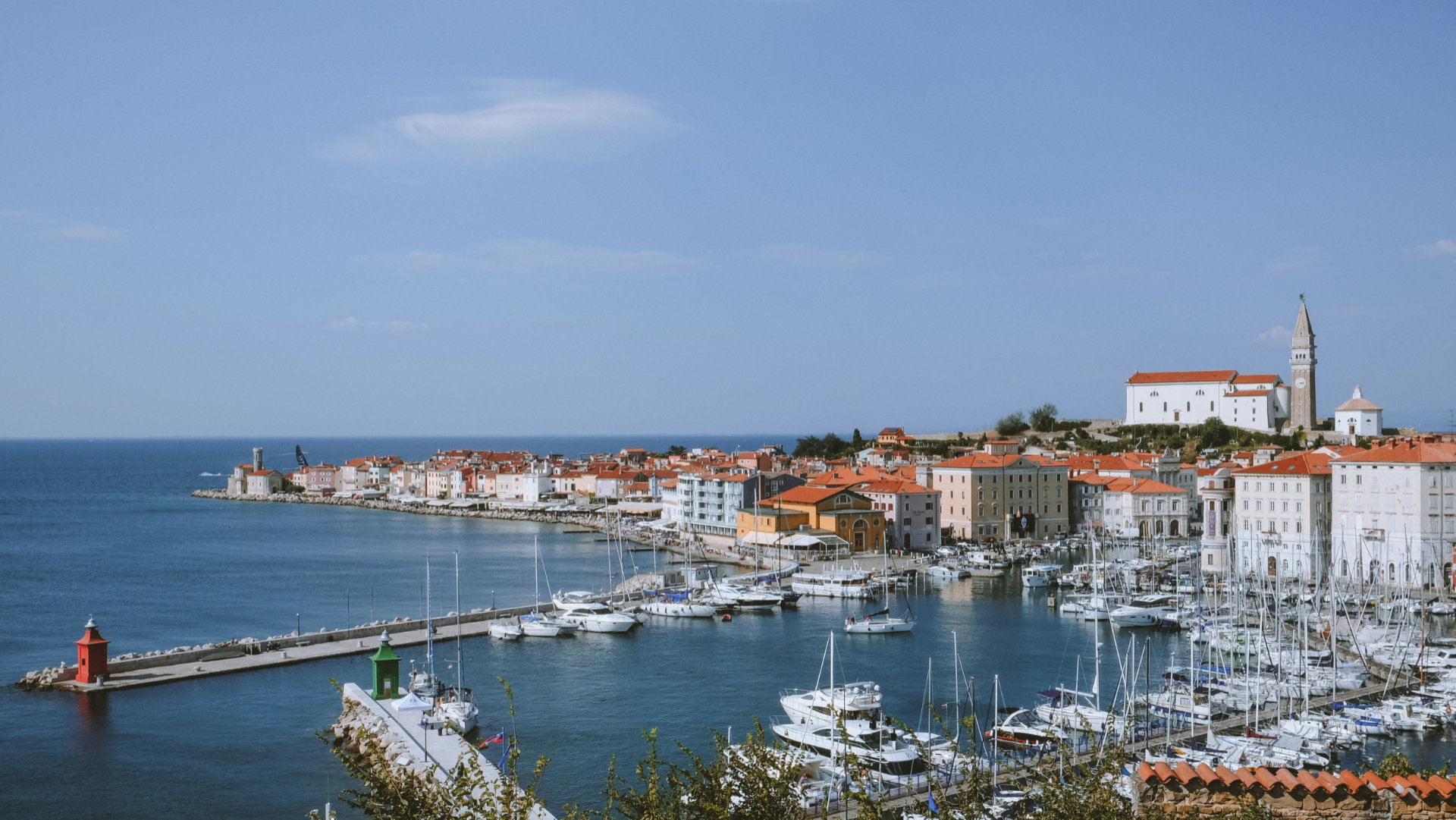Slovenia

Slovenia: A hidden jewel of Central Europe
Slovenia, a small but fascinating country in Central Europe, offers an impressive variety of landscapes and cultural treasures. Nestled between Italy, Austria, Hungary and Croatia, Slovenia is known for its natural beauty as well as its rich cultural heritage.
The capital Ljubljana, often described as one of the greenest and most liveable cities in Europe, is a vibrant centre full of history, art and architecture. The picturesque old town, through which the river Ljubljanica flows, invites you to stroll and enjoy. Impressive sights such as the Dragon Bridge, Ljubljana Castle and the lively market square are just some of the highlights that await visitors.
Slovenia is also a paradise for nature lovers. It is home to the Triglav National Park, the only national park in Slovenia with the majestic Triglav, the country's highest mountain. The Julian Alps offer hikers and skiers breathtaking views and unforgettable experiences. Lake Bled, with its iconic island and medieval castle, is another highlight and a favourite destination for tourists from all over the world.
The Slovenian Adriatic coast is small, but offers charming coastal towns such as Izola, Piran and Portorož, which are known for their Mediterranean flair and culinary delights. The Karst region with its spectacular caves such as Postojna Cave and Škocjan Cave offers fascinating insights into the geological wonders of the region

Slovenia is characterised by its hospitality, cultural diversity and impressive nature. Whether lively cities, quiet villages or untouched landscapes - Slovenia offers something special and unforgettable experiences for every traveller.
Weather and climate
Slovenia lies in the transition zone between Alpine, Mediterranean and continental climates, resulting in impressive climatic diversity. These different climatic influences offer a variety of weather conditions depending on the region and season.
Alpine regions: The Julian Alps and other mountainous regions have an alpine climate with cold winters and mild summers. Snowfall is frequent in winter and offers ideal conditions for winter sports such as skiing and snowboarding. The summer months are pleasantly cool and ideal for hiking and mountain tours.
Coastal regions: The Slovenian Adriatic coast, especially in the regions of Izola, Piran and Portorož, has a Mediterranean climate with mild winters and hot, dry summers. Temperatures can easily reach 30°C in summer, while winter temperatures rarely fall below 10°C. These climatic conditions make the coast a favourite destination for sun worshippers and water sports enthusiasts.
Inland: Central and eastern Slovenia, including the capital Ljubljana, have a temperate continental climate with hot summers and cold winters. The summer months are warm, often with temperatures above 25°C, while winters are cold, with frequent frost and snowfall.
Sailing conditions

Slovenia may only have a short coastline on the Adriatic, but the sailing conditions are excellent and offer unique experiences for sailors.
Best sailing time: The best sailing time on the Slovenian Adriatic coast is from May to September, when the temperatures are warm and the winds are favourable. During this time, the weather conditions are stable with plenty of sunshine and warm sea water.
Wind conditions: The prevailing winds on the Slovenian coast are the maestral (a light to moderate north-westerly wind) in summer and the bora (a cold, dry north-easterly wind) in winter. The maestral provides pleasant sailing conditions in the summer months, while the bora can make for more challenging conditions.
Marinas and harbours: Slovenia has well-equipped marinas, such as Marina Portorož and Marina Koper, which offer comprehensive services to sailors. These marinas are ideal starting points for sailing trips along the Adriatic coast and to the nearby Croatian islands.
Water conditions: The waters of the Adriatic are generally calm and clear with visibility of up to 30 metres. It is therefore ideal for sailing, snorkelling and diving. There are numerous bays and anchorages along the coast that offer safe shelter and picturesque views.
Overall, despite its short coastline, Slovenia offers excellent sailing conditions and a varied climate that allows for different activities at different times of the year. Sailors will find a fascinating mix of Mediterranean flair, good weather and professional service.
Planning your journey

For yacht charter customers who want to explore Slovenia, careful planning of the journey is essential. The main port of call for international travellers is Ljubljana Jože Pučnik Airport (LJU), which offers regular connections to many European cities. From Ljubljana, the Slovenian coast can be reached by car in about an hour.
Transport to the harbour
From Ljubljana airport to the coast:
Car: The most convenient way to get to the coast is to hire a car at the airport. The motorways in Slovenia are well developed and signposted, and the journey to Portorož or Koper takes around 1 to 1.5 hours.
Shuttle services: There are several shuttle services that offer transfers from the airport to the coastal resorts. These should be booked in advance to ensure a smooth journey.
Public transport: Buses and trains run regularly from Ljubljana to the coastal resorts. The journey takes about 2 hours and tickets are relatively cheap. You can take a taxi from the bus stop or railway station to the marina.
With the right preparation and planning, yacht charter customers in Slovenia can have an unforgettable time on the water, enjoying the beautiful coastline and crystal clear waters of the Adriatic.
Geographical location

Slovenia, a small but diverse country in Central Europe, borders Italy to the west, Austria to the north, Hungary to the east and Croatia to the south. The country is a crossroads of different European cultures and geographical features that make it a unique holiday destination. The capital Ljubljana is located in the centre of the country and is an important economic and transport hub.
Coastline
Slovenia's coastline stretches for around 47 kilometres along the northern Adriatic coast, making it one of the shortest coastlines in Europe. Despite its brevity, the coastline offers a remarkable variety of landscapes, from picturesque towns to protected natural areas.
Important cities and towns on the coast

Koper: Koper is Slovenia's largest coastal town and an important harbour. The city has rich Venetian architecture and a lively old town centre. The port of Koper is an important commercial centre and offers comprehensive services for sailors and boat travellers.
Izola: A charming coastal town known for its narrow streets and historic centre. Izola has a rich fishing tradition and offers beautiful beaches and an inviting marina.
Piran: Piran is one of the most picturesque towns on the Slovenian coast. The well-preserved medieval architecture and narrow streets give Piran a unique charm. The town is situated on a peninsula and offers breathtaking views of the sea.

Portorož: Portorož is known as the most important holiday resort in Slovenia and offers a variety of luxury hotels, spas and casinos. Portorož beach is one of the most popular on the Slovenian coast and the Portorož marina is a major centre of attraction for yachts and sailing boats.
Nature reserves and landscapes:
Sečovlje Salt Pans Nature Park: An important nature reserve on the border with Croatia. The park is known for its salt pans and rich birdlife. It is an important habitat for many bird species and a fascinating destination for nature and bird lovers.
Strunjan Nature Reserve: This coastal reserve protects the highest cliffs of the Adriatic coast and a variety of plant and animal species. It offers beautiful hiking trails with breathtaking views of the sea and the surrounding area.
Although the Slovenian coast is short, it offers an impressive variety of cultural, historical and natural sights. Well-equipped marinas and charming coastal towns make Slovenia an attractive destination for boaters and travellers who want to experience the beauty of the Adriatic and the rich cultural heritage of the region.
Regions of Slovenia

Gorenjska (Upper Carniola)
The Gorenjska region, also known as Upper Carniola, is characterised by the majestic Julian Alps and the Triglav National Park. This region is a paradise for nature lovers and adventurers who want to enjoy the breathtaking mountain scenery and clear rivers and lakes. Lake Bled, with its iconic island church and medieval castle, is a highlight that attracts tourists from all over the world. In winter, Gorenjska turns into a popular ski resort, while the summer months are perfect for hiking, climbing and cycling. Kranj, the capital of the region, offers cultural events and historical sights that reflect the rich heritage of the region.
Primorska (Coastland)

Primorska, or Coastland, comprises the Slovenian Adriatic coast and the Karst region. The region is known for its Mediterranean flair, historic towns and impressive karst caves. Coastal towns such as Izola, Piran, Portorož and Koper offer charming old towns, lively promenades and beautiful beaches. The region is also known for its culinary specialities such as seafood and the exquisite karst wine Teran. The Postojna and Škocjan caves are geological wonders that fascinate visitors with their underground landscapes. The combination of coast, culture and nature makes Primorska a versatile holiday destination.
Notranjska (Inner Carniola)

Notranjska or Inner Carniola is known for its varied landscape, ranging from karst caves and lakes to dense forests. A fascinating natural phenomenon is the famous Lake Cerknica, which disappears and reappears depending on the season. The region is also home to the UNESCO World Heritage Site of the Škocjan Caves, which are known for their impressive underground gorges and waterfalls. The town of Postojna boasts a huge stalactite cave, which is one of Slovenia's biggest tourist attractions. Notranjska offers numerous outdoor activities such as hiking, cycling and caving, ideal for adventure seekers.
Dolenjska (Lower Carniola)

Dolenjska or Lower Carniola is located in south-east Slovenia and is known for its rolling hills, vineyards and thermal springs. The region is famous for its Cviček, a unique light red wine, and offers numerous wine cellars and wine routes to discover. The historic town of Novo mesto on the Krka River offers cultural sights and a charming town centre. The region is also a popular destination for wellness and health tourism with several well-known spa resorts such as Dolenjske Toplice and Šmarješke Toplice. The picturesque landscape and relaxed atmosphere make Dolenjska an ideal retreat.
Štajerska (Styria)

Štajerska, Slovenia's Styria region, is known for its fertile vineyards, historic towns and thermal springs. The capital Maribor, the second largest city in Slovenia, offers a rich cultural history, the oldest wine house in the world and the annual Lent Festival. The region is a centre of wine production, especially the famous white wine. Pohorje offers year-round outdoor activities, from skiing in winter to hiking and cycling in summer. The thermal spas of Rogaška Slatina and Ptuj offer wellness and relaxation. Štajerska combines culture, wine and nature to create an attractive holiday destination.
Prekmurje
Prekmurje, the north-easternmost region of Slovenia, is known for its flat plains, traditional villages and rich culinary traditions. The region borders Hungary and Croatia and reflects a mixture of cultural influences. Murska Sobota, the capital of the region, offers historical sights and cultural events. Prekmurje is known for its culinary specialities, including Prekmurska gibanica (a traditional layer cake) and various sausage specialities. Therme 3000 in Moravske Toplice attracts visitors with its healing thermal springs. The unspoilt nature and warm hospitality make Prekmurje a special destination.
Historical
Slovenia, a country with a rich and varied history, has preserved traces of various civilisations from prehistoric times to modern times. The oldest traces of human settlement can be found in the Ljubljana Marshes, where the oldest wheel in the world dating back to around 3200 BC was found. The Romans left behind important archaeological sites such as the city of Emona (today Ljubljana) and Ptuj, the oldest city in Slovenia. In the Middle Ages, Slovenia was part of the Holy Roman Empire, as evidenced by numerous castles and fortresses, including the magnificent Predjama Castle, which was built in a cave. Slovenia's history is also strongly characterised by the rule of the Habsburgs, whose influence can be seen in the architecture and culture of many towns. After the Second World War, Slovenia became part of Yugoslavia before gaining independence in 1991. This eventful history has strongly influenced the country's cultural heritage and today offers numerous historical sights and museums.
Culinary delights

Slovenian cuisine is a mixture of Central European, Mediterranean and Balkan influences and offers a variety of traditional dishes based on local ingredients. One of the most famous dishes is Prekmurska gibanica, a delicious layer cake made from dough, poppy seeds, curd cheese, walnuts and apples. Another popular dish is Kranjska klobasa, a typical Slovenian sausage that is often served with sauerkraut and mustard. Slovenia is also known for its savoury stews such as jota, a sauerkraut and bean stew, and štruklji, a type of pastry roll that can be filled with sweet or savoury fillings. The Primorska region is known for its seafood and exquisite Teran wine, while delicious white wines are produced in Styria. Slovenia attaches great importance to sustainable and organic farming, which is reflected in the quality and freshness of local produce.
Culture

Slovenian culture is deeply rooted in folklore and traditions, which are reflected in music, dance and festivals. Traditional Slovenian folk music, often accompanied by accordion and violin, is an important part of cultural life, especially in rural areas. The Kurentovanje in Ptuj, Slovenia's largest carnival festival, is a vivid example of the country's rich folklore, in which colourful costumes and masks play a central role. Slovenia is also known for its literary tradition, with authors such as France Prešeren, whose work "Zdravljica" inspired the national anthem. Slovenian architecture reflects the influences of different eras, from the Gothic and Baroque splendour of Ljubljana to the modern architecture of the famous architect Jože Plečnik. The art scene is lively and diverse, with numerous galleries, theatres and music festivals enriching the country's cultural life. Slovenia is a country that cherishes its traditions while promoting a modern and creative culture.
Despite its small size, Slovenia is a country that offers an impressive variety of historical, culinary and cultural experiences. From the remains of Roman cities and medieval castles to the magnificent buildings of the Habsburgs, Slovenia's rich history offers numerous sights for history buffs. The varied Slovenian cuisine, characterised by regional specialities and sustainable, local ingredients, offers culinary delights for every taste. The vibrant culture, which is deeply rooted in tradition and at the same time open to modern influences, is reflected in the country's music, art and numerous festivals. Whether a visit to the charming towns, a hike in the Alps or a culinary adventure in the vineyards - Slovenia promises unforgettable experiences and discoveries.
Slovenia - a country of diversity and discoveries

Slovenia is a country that enchants its visitors with an impressive variety of experiences. Despite its small size, it offers a rich mix of historical treasures, culinary delights and cultural highlights. Slovenia's fascinating history, from the ancient Romans to the Middle Ages and modern independence, comes to life in the country's many historical sites and museums. Castles, palaces and medieval towns tell of times gone by and invite you to immerse yourself in history.
Slovenia has a lot to offer in terms of cuisine. The regional diversity of the cuisine, fresh local ingredients and sustainable agriculture make every meal a delight. From hearty stews to delicious wines, Slovenian cuisine offers something for every taste and invites you to discover the country's culinary traditions.
Slovenia's culture is rich and vibrant. Music, dance and festivals play a central role in Slovenian life and offer visitors the opportunity to immerse themselves in the local culture. The modern art scene and the many cultural events show that Slovenia not only cherishes its traditions, but is also open to modern influences.
Whether in the charming towns, the picturesque villages or the breathtaking natural landscapes - Slovenia offers unforgettable experiences and diverse discoveries. It is a country that harmoniously combines tradition and modernity and constantly reveals new facets and surprises to its visitors. A visit to Slovenia promises lasting memories and leaves you wanting more.
Primorska
The Primorska region, also known as the coastal land of Slovenia, is an enchanting stretch of land that combines Mediterranean flair with a rich cultural history.

